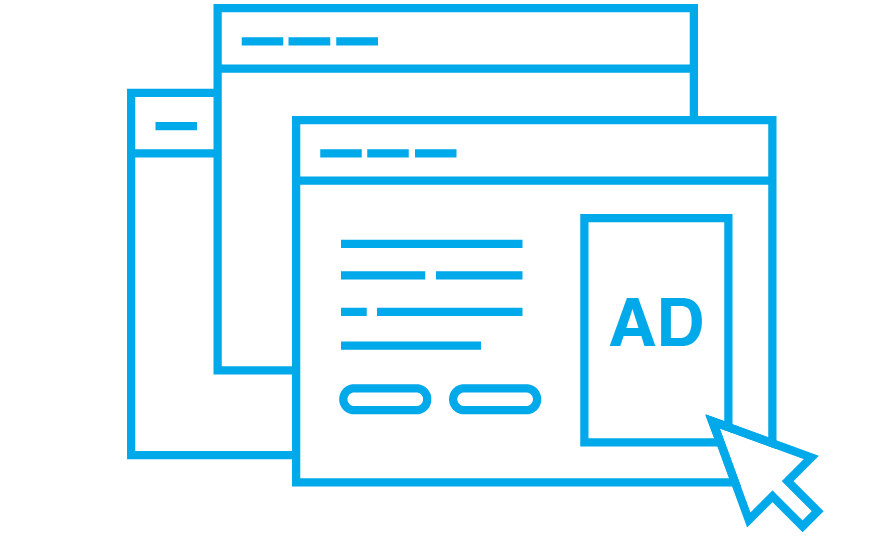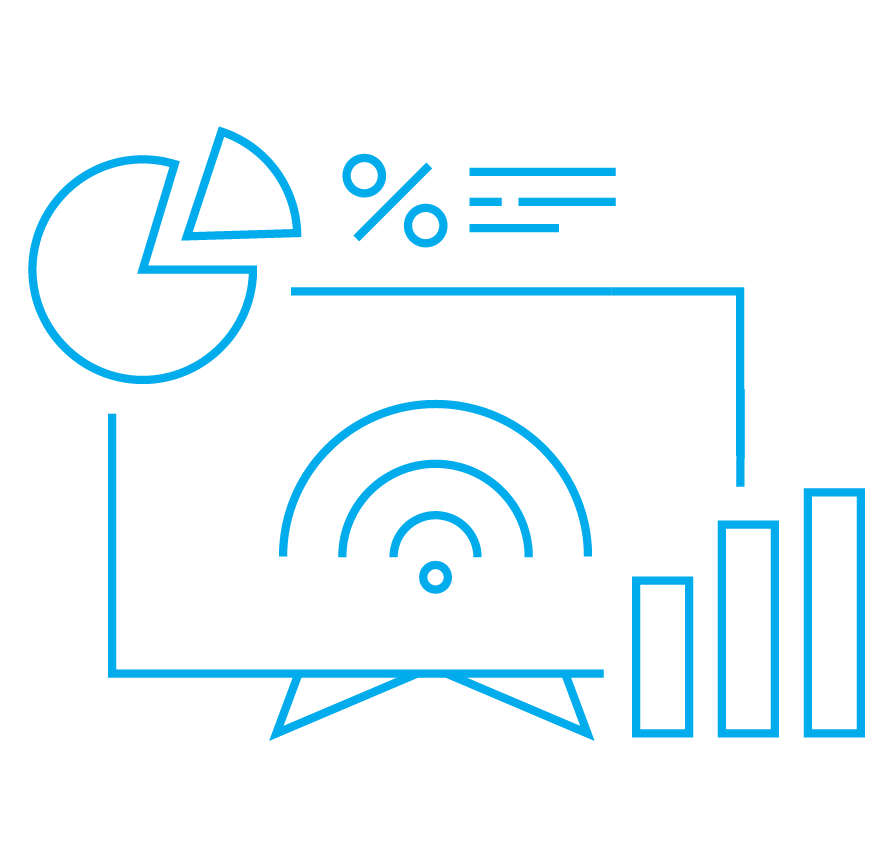- What is a DMP?
- What kind of data can be collected on DMP?
- What is DMP in marketing and how to create a 360-degree customer view
- Find out how to use a DMP to boost your business
- How to use a DMP in advertising?
- DMP in programmatic advertising
- Implementing DMP technology - who can benefit from the platforms?
- How to implement Data Management Platform?
- Why OnAudience.com?
- Book a call and find out how a DMP will help you increase sales
What kind of data can be collected on DMP?
What is DMP in marketing and how to create a 360-degree customer view
How to use DMP in advertising?
DMP in programmatic environment
Implementing DMP technology – who can benefit from the platforms?
How to implement Data Management Platform?
World volume of data is increasing rapidly year by year. Every customer generates thousands of digital footprints each day. For marketers, it is a great challenge to get insights about their clients from data. Get to know what is Data Management Platforms, which help collect, organize and activate all the processed data and see how fast and easy can be analysing and integrating customers’ data.
What is a DMP?
Data Management Platform (DMP) is a tech platform used for collecting and managing data from various sources, mainly for digital marketing purposes. It helps marketers to create audience segments that are used for precise targeting in online campaigns.
What kind of data can be collected on DMP?
When you know what is a DMP, let’s describe types of data collected by the mentioned technology. Basically, on DMP you can process all the data you collect, from both offline and online sources. It means, that on DMP you can store all your 1st party data – collected by your company itself, i.e. website data, mobile application data and CRM data.
The collected information is really detailed and contains:
- clicks
- downloads
- history of visited websites
other customer information, such as:
- interests (football, automotive, sports etc.)
- purchase intentions
- demographic data (age, income etc.)
You can also integrate your owned data (1st party data) with 2nd and 3rd party data. 2nd party data is collected in a result of cooperation with your business partners and includes online campaigns data or customer journey data. 3rd party data is delivered by data providers from all around the world.
OnAudinece.com is one of the world’s biggest data warehouses, which provides over 21 B user profiles from 200 markets globally. By using DMP, marketers can instantly reach out to new audience segments and find new customers for their products.
What is DMP in marketing and how to create a 360-degree customer view
Data Management Platform used in marketing lets companies not only store and process data, but also integrate it. By using Big Data analytics and Artificial Intelligence algorithms all digital footprints are connected to create a full view of your customers. Machines are working constantly to match information about interests, visited websites with email addresses and other data. By using Machine Learning algorithms, DMP also integrates 1st, 2nd and 3rd party data.
As a result, marketers gain 360-degree customer view, which is truly helpful in creating hyperpersonalized marketing messages and conducting precisely targeted campaigns.
Find out how to use a DMP to boost your business
How to use a DMP in advertising?
DMP technology is really helpful in the digital advertising industry. It helps you manage all the data you collect. What’s more – by using the platform you can use data about your customers or visitors in your online campaigns to improve its effectiveness.
The DMP help you in the following areas:
- Collecting data – as we said before – you can process all the data you collect from various sources, online and offline.
- Integrating data – by using Machine Learning algorithms, DMP integrates data, which makes it possible to see full customer view. DMP collects data about users and integrates all data types: 1st, 2nd and 3rd party data.
- Managing data – DMP allows marketers to organise and manage all customer data types from various sources:
- creating segments for specific brands
- dividing clients’ profiles on the basis of the specific markets
- creating custom segments, e.g. users who buy specific products, visit specific categories or were a target of the specific campaigns
- Activating data – DMP offers the ability to activate data with the technology partners in the marketplace, including adservers or DSPs. You can easily run campaigns to selected groups, e.g. across channels:
- digital display
- video
- social media
- search engines
- Analysing and reporting – Data available on DMP can be analysed, which helps to optimise online campaigns and improve customer engagement. The analysis includes:
- Pre-campaign analysis
- demography
- online activity
- the effectiveness of online campaigns
- the best converting profiles
- Analysis during the campaign
- insights
- partners verification
- Post-campaign analysis
- summary of all activities
- Pre-campaign analysis
DMP in programmatic advertising
DMP is also really helpful technology in programmatic environment. As we said, DMP base on data, just like programmatic. So that, marketers can firstly use Data Management Platform to collect data about customers and secondly, license segments to DSP platforms to reach chosen groups in programmatic campaigns.
How it works in practice? Let’s take a look at online shop that sells clothes on seven markets in europe. Imagine they’d like to reach users who bought t-shirt in last 14-days only on German market. They can collect data about those users on DMP, name the segment, e.g. DE_T-shirt buyers, and license it to their favourite DSP. Next, they can prepare a campaign to target only this audience which had bought a T-shirt. Fast and simple way to find the right target group and send them personalized message.
What’s more, some of the DMPs offers connection with external sets of 3rd party data to find audience that haven’t visited your website. You can choose from hundreds of segments, such as Music Lovers, Automotive Fans or Nike Followers to reach the right target groups. In finding audiences who will probably convert, you can also build look-alike segments – digital twins of your best converting users – and license them to DSPs to conduct highly effective campaign. Check what is look-alike modeling and how to use it.
Implementing DMP technology – who can benefit from the platforms?
DMP is a useful technology especially for digital companies of all sizes. A centralized platform helps to manage and activate clients’ data to increase sells and prepare more personalised campaigns.
Take a look at 6 benefits of implementing a DMP in your company. Check how the platform can help you improve your business.
How to implement Data Management Platform?
The first step is to choose the best platform for your company and sign the agreement. The DMP can be delivered in BDaaS model. It allows to implement Big Data functions easily and avoid the high cost of updating and maintaining the infrastructure of your company.
Next, you get your login and password, so you can start to manage and integrate all your customers’ data.
Why OnAudience.com?
OnAudience.com is one of the world’s largest data providers. Its DMP is integrated with the global DSPs, such as Oracle, DoubleClick or Adform, so you can run campaigns to customers from all around the world. Our company also process over 21 B users profiles, so you get access to clients from almost every market you choose.
Our experienced team of Data Scientists will help you to implement DMP in your company and explain how to configure it to generate maximum profits in your specific business.




